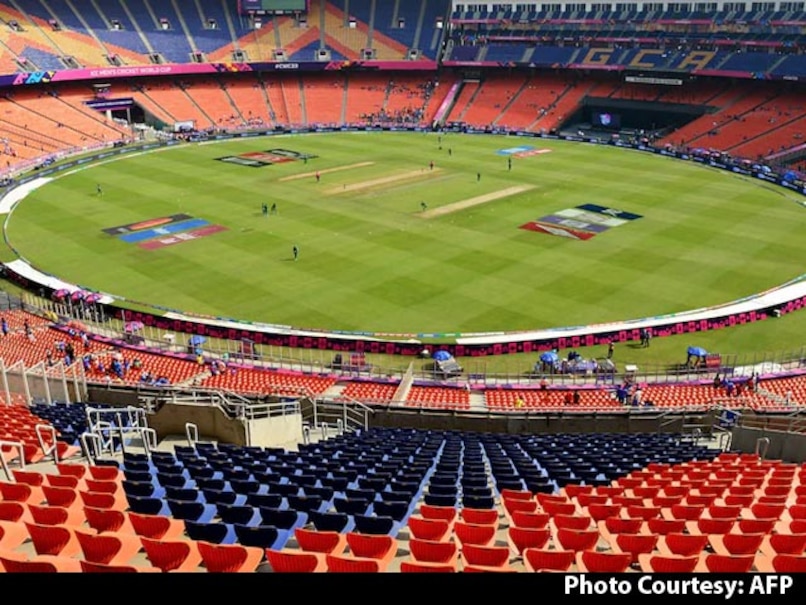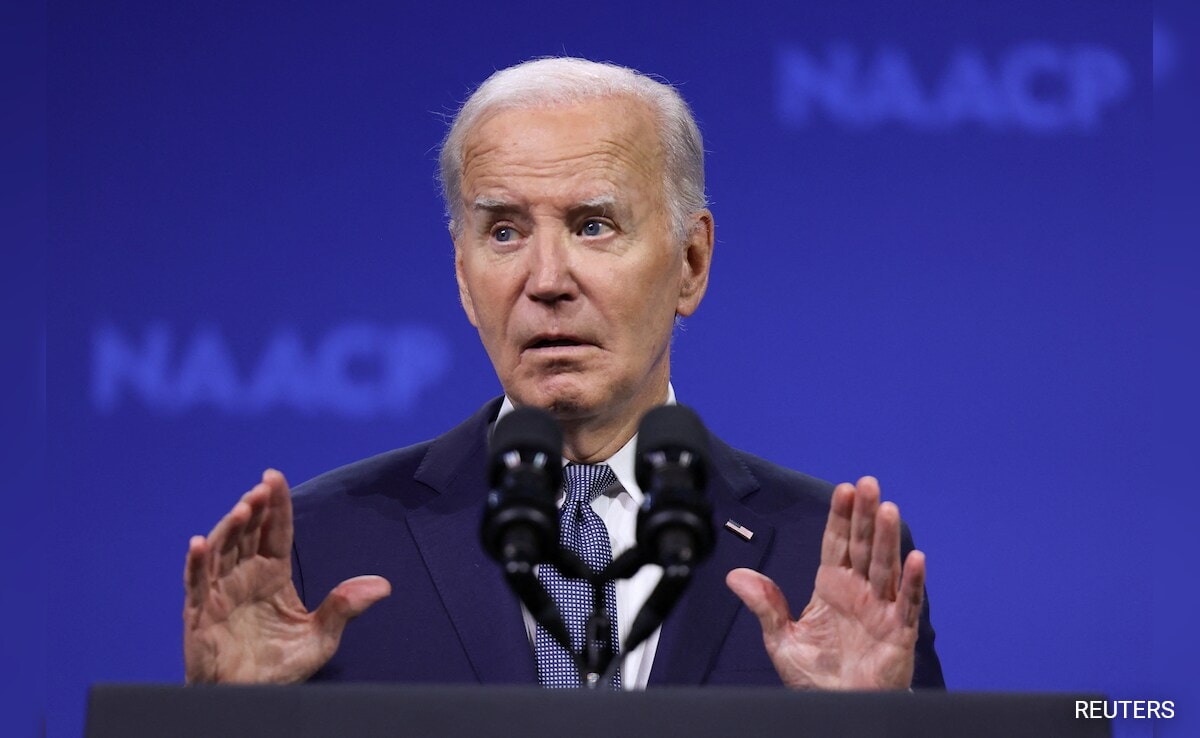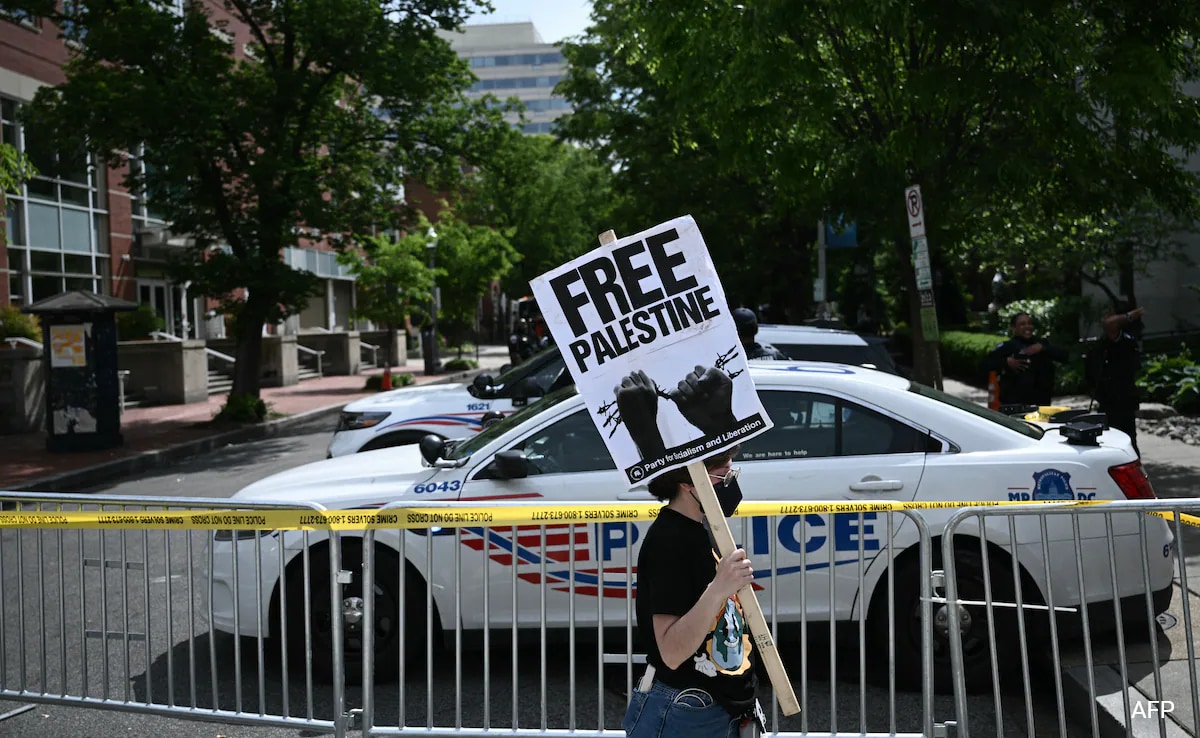From scratch: A Yazidi returnee, stands amid the wreckage of his destroyed family house in the village of Dugure in Sinjar, Iraq.
| Photo Credit: AP
When Rihan Ismail returned to her family’s home in the heartland of her Yazidi community, she was sure she was coming back for good.
She had yearned for that moment throughout long years of captivity.
Islamic State (IS) militants had abducted then-adolescent Ms. Ismail as they rampaged through Iraq’s Sinjar district, killing and enslaving thousands from the Yazidi religious minority.
As they moved her from Iraq to Syria, she clung to what home meant to her: a childhood filled with laughter and a community so tight-knit the neighbour’s house was like your own. After her captors took her to Turkiye, she finally managed to get ahold of a phone, contact her family and plan a rescue.
“How could I leave again?” Ms. Ismail, 24, said last year, soon after returning to her village, Hardan. The house where she lives with her brother’s family is one of the few still standing in the village. A nearby school houses displaced families.
Her father and younger sister are still missing. In a local cemetery, three of her brothers are buried along with 13 other men and boys killed by IS.
No future
A decade after the IS assault, members of the Yazidi community have been trickling back to their homes in Sinjar. But despite their homeland’s deep emotional and religious significance, many see no future there. There is no money to rebuild destroyed homes. Infrastructure is still wrecked. Multiple armed groups carve up the area.
In August 2014, militants stormed through Sinjar, determined to erase the tiny, insular religious group they considered heretics. They killed men and boys, sold women into sex slavery or forced them to convert and marry militants. Those who could, fled. It has been seven years since IS was defeated in Iraq. But as of April 2024, only 43% of the more than 3,00,000 people displaced from Sinjar had returned, according to the International Migration Organization.
Some fear that if Yazidi people do not return, the community may lose its identity.
The central government in Baghdad and authorities in the semi-autonomous northern Kurdish region have been wrestling over Sinjar, where each has backed a rival local government. That dispute is now playing out in a debate over the displacement camps in the Kurdish region housing many of those who fled Sinjar.
Earlier this year, Baghdad ordered the camps to be closed by July 30 and offered payments of 4 million dinars to occupants who leave. Karim al-Nouri, Deputy Minister for the Displaced, said this month that difficulties in returning to Sinjar “have been overcome.” But Kurdish authorities say they won’t evict the camp residents.
Sinjar “is not suitable for human habitation,” said Khairi Bozani, an advisor to the Kurdish regional president, Nechirvan Barzani. “The government is supposed to move people from a bad place to a good place and not vice versa.”
Militia control
Different parts of the territory are patrolled by the Iraqi army and Kurdish peshmerga forces, along with various militias that came to fight IS and never left. Prominent among those is the Sinjar Resistance Units, or YBS, a Yazidi militia that is part of the primarily Shia Popular Mobilisation Forces.
Turkiye regularly launches airstrikes against its members because it is aligned with the Kurdistan Workers Party, a Kurdish separatist group that has waged an insurgency in Turkiye.
The presence of armed groups has sometimes complicated rebuilding. In 2022, a damaged school in Sinjar was rehabilitated by a Japanese NGO. Instead, Japanese officials complained that a militia took it.
Ms. Ismail, who once dreamed of a return to Sinjar, now wants to get away.
“You would not be able to forget. But at least every time you come or go you would not have to see your village destroyed like this,” she said.












